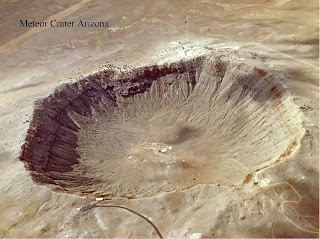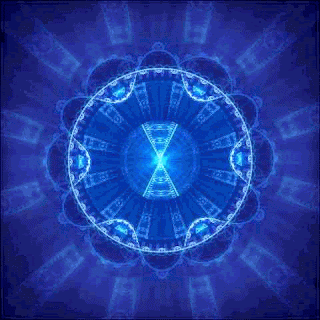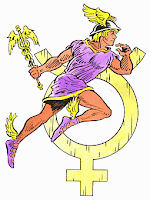Hello this is The Science Fairy saying welcome back. Today we are going to learn about JUPITER! Jupiter has lots of mysteries. So here we go.
Well you are probably wondering how it got the name Jupiter. It's an interesting story. Here's how it started. Jupiter started as a sky god. Wars have passed then they decided to call him the god of war. When they saw Jupiter's big red dot and lighting, they decided to call the planet Jupiter. here's a great picture of him.
Now that we learned about Jupiter the god now it is time to learn about the planet Jupiter. Let's start with Jupiter's surface. Oh wait that's right it doesn't have a surface. (no surface!) That's right no surface its all consisted of gas. It's the same thing as the atmosphere but more compacted. An anstronomer named Rupert Wildt found out that Jupiter is made up of hydrogen and helium.
I have the best idea ever! We should visit the astronomer Galileo back in time. He was the first person ever to find Jupiter and besides he might tell us a fact or to about Jupiter. Let's go!

Me- Hi Galileo.
Galileo- Oh hi there! What are you kids doing here?
Me- We are here to ask you how did you find Jupiter.
Galileo- I was trying to look at the next planet and then I found Jupiter.
Me- What else?
Galileo- Then I noticed it was different than the four planets from the sun.
Me- How come?
Galileo- It had FOUR MOONS!
Me- Wow! What where there names?
Galileo- Their names are Europa, Callisto, Ganymede, and Io.
Me- Thanks and here's a fact for you. They found active volcanoes on Europa. So they think there might be life on there.
Galileo- Wow! Thanks for the fact. wWll you kids need to go back home.
Me- OK bye.
Wasn't that fun? OK next up is red spot. OK look at the picture, below do you see that red spot on it. Some people think it's just a red spot that is just there. But it's not. It is actually a big storm! Some people compare it to an enormous hurricane. It has huge winds and huge lighting that's the reason that humans don't live there. Here's a pic of it.
Now we are going to talk about its strong gravitation pull. Scientists are wondering why it's gravity is stronger than the earth's gravity. Well it's stronger because of it's large mass. Since it has a lot of mass it makes it responsible for its SGP.
Now here are the differences of Jupiter and the inner planets.
- They are small.
- Jupiter is huge.
- They have a surface.
- Jupiter doesn't have a surface.
- They have a greater density.
- Jupiter has a small density.
- And they spin slowly.
- Jupiter spins fast.
WE have finished exploring Jupiter. But before you go here are some fun facts.
Fun facts:
- Jupiter can't be a star.
- Jupiter is the fastest planet in the solar system.
- The clouds on Jupiter are 50 km thick.
- Jupiter has a magnate field that is 14 times stronger then ours.
- And Jupiter has rings like Saturn and Uranus.
This is The Science Fairy saying keep learning about planets.
Links
















































